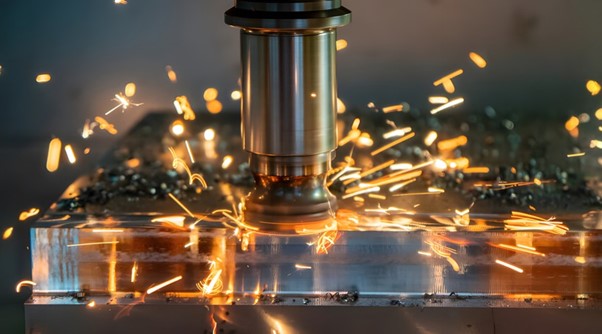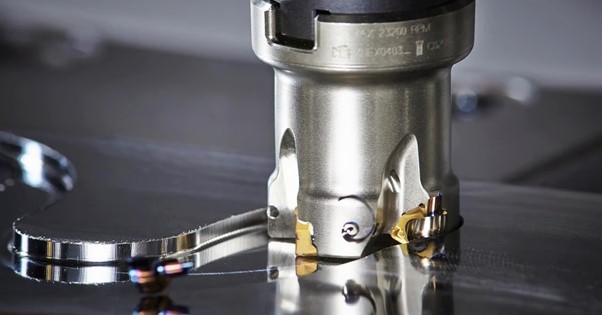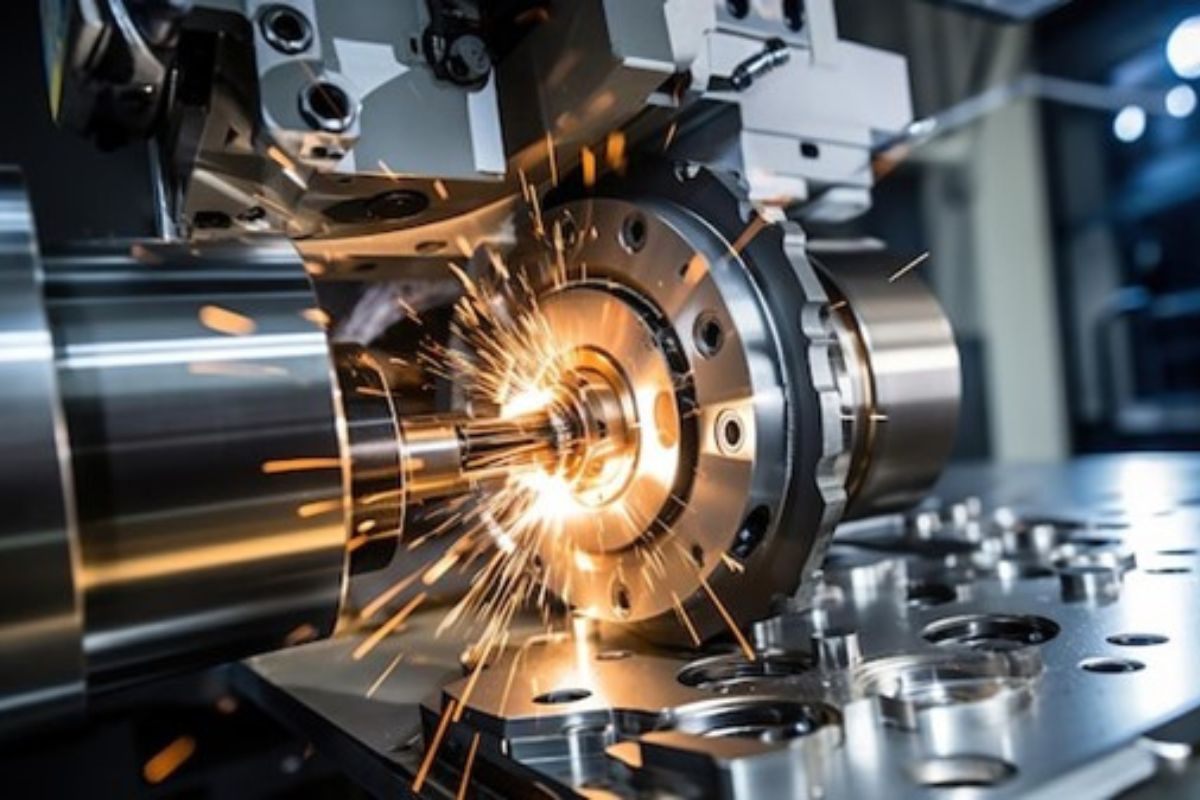In today’s production field, only accuracy and expediency matters. CNC machining is one of the most important technologies for manufacturing processes, which has changed the product production process. Whether one is an expert engineer who wants to get more details of the field or an amateur who only has the slightest interest in the field, knowing what CNC machining is about will provide a clue on how advanced manufacturing was developed.
What is CNC?
CNC stands for Computer Numerical Control and means that machine tools like lathes, offering mills, drills, and 3D printers are operated through a computer. CNC devices may be controlled digitally by instructions that are obtained from computer-aided design and manufacturing (CAD/CAM) files that specify their movements and actions. This automation enables manufacturers to produce complex parts consistently on time due to their high precision levels.
The Beginning of CNC Machining
The beginnings of CNC machining can be traced back to towards the end of the 40s beginning 50s period when John T. Parsons and Frank L. Stulen from MIT came up with the first numerical control machines. These days’ CNC systems had their foundation in their innovation which started being significantly used around the 1960s-70s when computers began to be widely used.
How Does CNC Machining Work?
CNC machining depends on several fundamental principles:
Design Phase
This stage commences with CAD software-generated designs. Depending on part complexity, this may entail a two-dimensional drawing or a three-dimensional model.
CAM Software
After that CAD file is converted into the program for a CNC machine using CAM software. It contains information regarding such movements as speed, feed rate, toolpath, etc.
Setup
Appropriate tools are installed on the machine before it is loaded with materials. To achieve correct alignment between tools and secure material fixing by the machine operator
Machining Process
The prepared program now guides cutting or shaping tools to cut out or drill holes in line with indicated designs until all these cutting processes are completed by these mechanical devices called automated milling machines. These tools often execute operations within microns, thus guaranteeing similar products.

Finishing
The parts can be subjected to finalizing procedures like sanding, buffing, or coating to achieve desirable surface finish quality.
Types of CNC Machines
CNC machining has a variety of machines that are specific for different operations:
CNC Milling Machine
CNC Milling Machines are the closest machines made for cutting and forming hard materials like metal and plastics, typically moving around the material while they cut off unwanted bits.
CNC Lathes
This type creates cylindrical parts (shafts or pipes) by revolving material on which the tool cuts through fixed areas.
CNC Routers
CNC routers are just like milling machines but they are commonly used in woodwork and signage making where one is dealing with relatively softer materials such as wood, plastic, and foam.
Advantages of CNC Machining
CNC machining is popular because of several key benefits over other conventional manufacturing methods:
Precision and Accuracy
Parts with very tight tolerances can be manufactured by CNC machines, producing uniform quality in large batch productions.
Repeatability
After programming a CNC machine for a part, it can recreate the same part with little variance each time. This makes it ideal for mass production.
Efficiency
By operating continuously, CNC machines are capable of performing multiple operations in one setup thus reducing production time significantly.
Flexibility
Manufacturers can quickly reprogram their CNC machines to produce different parts, eliminating or minimizing downtimes associated with changes in demand trends.
Safety
Intervention by hand is minimized through the use of CNC machining thus contributing to reduced incidences of accidents and injuries at workplaces.
Applications of CNC Machining
CNC machining finds its use in many industries including:
Aerospace
Machining using Computer Numerical Control is also commonly employed for making precision components utilized in aircraft engines as well as airframes.
Automotive
Manufacturing automobile parts like engine components and transmissions among other critical systems is done through CNC machining.
Medical Devices
The production of medical instruments and implants with high accuracies involves the use of Computer Numerical Control.
Electronics
CNC machines fabricate enclosures as well as connectors and other parts and sub-assemblies for electronic applications.
Defense
CNC machining is applied in the production of parts for weapon systems, vehicles, and other defense products.

Conclusion
Knowing what is CNC machining is very crucial for today’s manufacturers. It is a contemporary method of part and component manufacture that is more accurate, dependable, and efficient than conventional methods. Furthermore, with no material waste, CNC machining makes it easy to produce one part—or thousands of identical parts—with a consistent appearance.
CNC machining will likely remain one of the main trends in manufacturing and a major driver for the introduction of new products or tech solutions across industries due to continuous technological innovations in this field. It helps to be aware of what is CNC and how the process of CNC machining looks if one is engaged in contemporary manufacturing or finds it intriguing.











